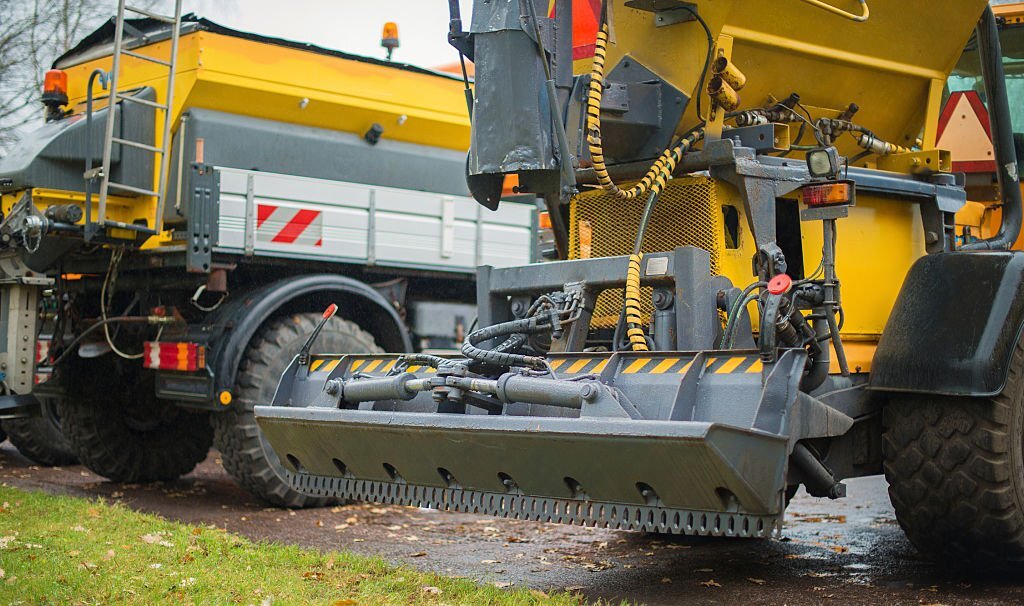
The size and capacity of material handling equipment play a crucial role in determining its usability and efficiency in various industries. The dimensions and load-carrying capabilities of the equipment directly impact its maneuverability, adaptability to workspace constraints, and overall performance. This article delves into the relationship between the size and capacity of material handling equipment and their impact on usability. Understanding how these factors interplay helps businesses select the appropriate equipment size and load capacity to enhance efficiency, productivity, and safety in their material handling operations.
Load Capacity and Handling Efficiency:
The load capacity of material handling equipment significantly influences its usability and efficiency. Equipment with sufficient load capacity ensures that it can safely handle the weight of the materials or goods being transported. Insufficient load capacity may lead to overloading, which poses safety risks and can cause equipment damage or failure.
Choosing material handling equipment with an appropriate load capacity optimizes efficiency by allowing operators to move larger loads in a single operation. This reduces the number of trips, minimizes downtime, and enhances productivity. It also contributes to better inventory management and order fulfillment, as more materials can be handled within a given time frame.
Maneuverability and Space Constraints:
The size of material handling equipment has a direct impact on its maneuverability, particularly in environments with limited space or tight access points. Large-sized equipment may face challenges when operating in narrow aisles, congested work areas, or confined spaces.
Smaller-sized equipment, such as compact forklifts or narrow-aisle trucks, offers enhanced maneuverability and the ability to navigate tight spaces with ease. This enables efficient movement within the facility, reduces the risk of collisions, and enhances overall safety.
However, it is essential to strike a balance between equipment size and load capacity. While smaller equipment may provide excellent maneuverability, it should still have sufficient load capacity to handle the intended materials or goods.
Workspace Constraints and Equipment Fit:
The size of material handling equipment must align with the workspace constraints of the facility. Considerations such as door heights, ceiling clearances, aisle widths, and storage rack configurations should be taken into account when selecting equipment.
If equipment is too large for the available space, it may face limitations or restrictions in maneuverability, hindering operational efficiency. It may be challenging to navigate through narrow doorways, access specific areas, or operate in spaces with low ceiling clearances.
On the other hand, if the equipment is too small for the workspace, it may result in inefficiencies, such as the need for additional trips or reduced load capacity. This can lead to increased labor costs, longer operational times, and decreased productivity.
Equipment Performance and Safety:
The size and capacity of material handling equipment directly impact its performance and safety. Oversized equipment may struggle to maneuver and operate effectively in confined spaces, leading to increased risks of collisions, damage to inventory or structures, and operator fatigue.
Undersized equipment, on the other hand, may compromise safety by exceeding load capacity limits, potentially causing equipment failure or accidents. It may also strain the equipment’s components, resulting in increased maintenance requirements and reduced lifespan.
Selecting appropriately sized material handling equipment promotes safe operations, reduces the risk of accidents, and enhances overall performance. It ensures that the equipment is capable of handling the intended workload efficiently while maintaining optimal safety standards.
Flexibility and Adaptability:
The size and capacity of material handling equipment also influence its flexibility and adaptability to changing operational needs. Businesses should consider the potential growth and evolving requirements of their operations when selecting equipment.
Choosing equipment with adjustable features, such as telescopic forks, extendable booms, or adjustable width attachments, enhances versatility and adaptability. This allows the equipment to handle a broader range of loads, accommodate varying workspace configurations, and adapt to future changes in operational demands.
Conclusion:
The size and capacity of material handling equipment play a vital role in determining its usability, efficiency, and safety. Matching the equipment’s load capacity to the intended materials or goods ensures safe and efficient handling, optimizing productivity and reducing downtime.
Consideration of equipment size is crucial to ensure maneuverability in tight spaces and adherence to workspace constraints. Selecting appropriately sized equipment promotes efficient operations, minimizes risks of accidents or damage, and enhances overall safety.
By evaluating the specific requirements of their operations and considering factors such as load capacity, maneuverability, workspace constraints, and future adaptability, businesses can choose material handling equipment that best suits their needs. This enables them to optimize efficiency, improve productivity, and ensure safe and reliable material handling operations.

